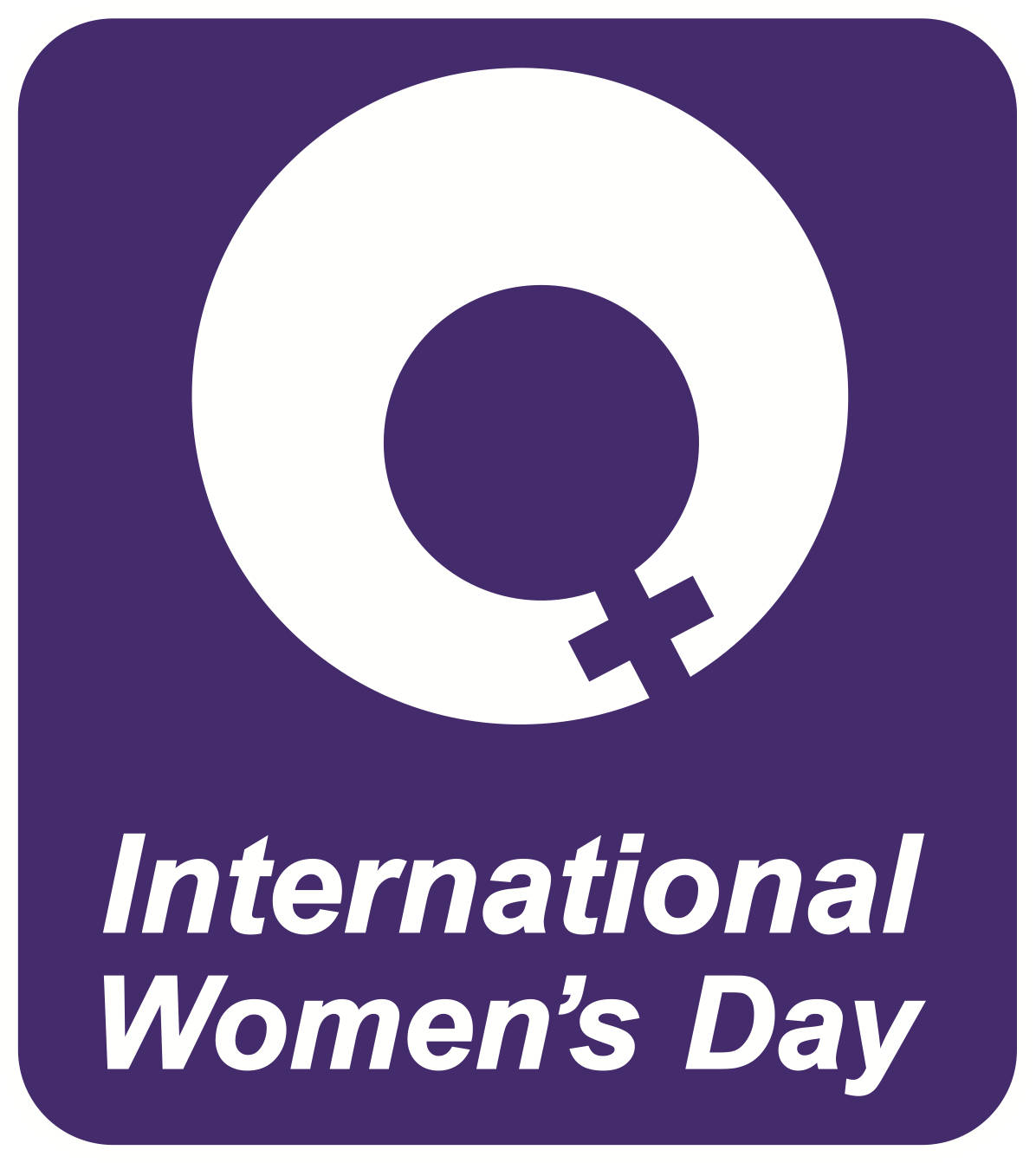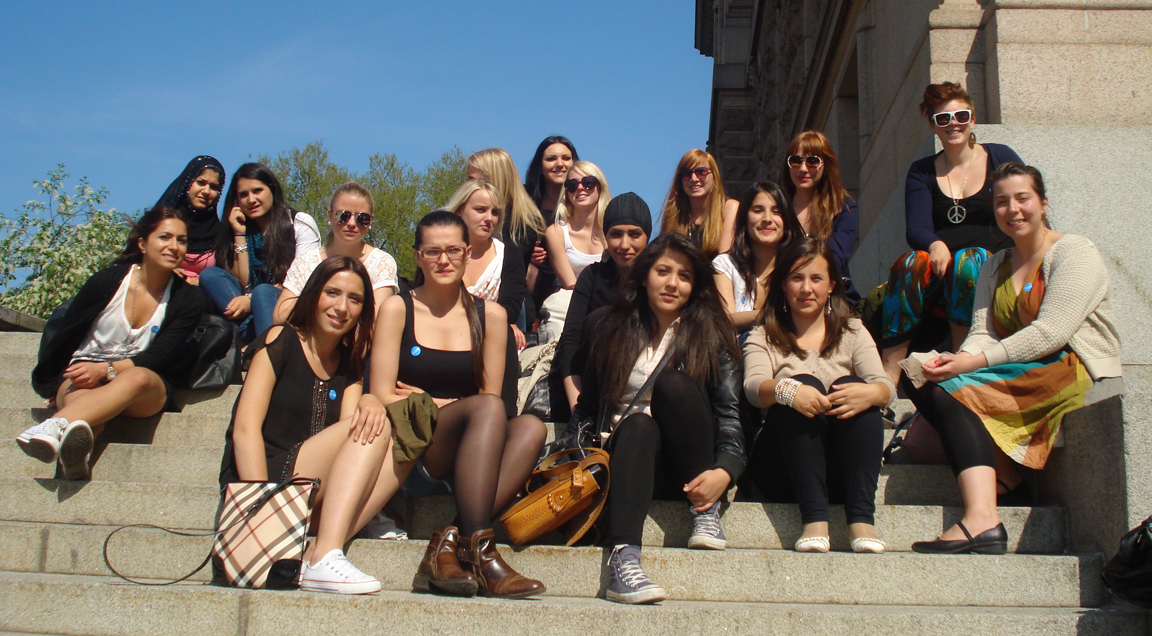These Brave Women ...
International Women’s Day will soon celebrate its 101st birthday. It is celebrated on March 8 all over the world, paying special attention to women’s achievements.
-
 The first National Women’s Day was observed on February 28, 1909 in the U.S. following a declaration by the Socialist Party of America. Inspired in part by the American socialists, German Socialist Luise Zietz proposed the establishment of an annual 'International Woman's Day' (singular) and was seconded by fellow socialist and later communist leader Clara Zetkin, although no date was specified at a conference in Copenhagen in August 1910. The following year, 1911, the day was marked for the first time on March 18 by over a million people in Austria, Denmark, Germany and Switzerland.
The first National Women’s Day was observed on February 28, 1909 in the U.S. following a declaration by the Socialist Party of America. Inspired in part by the American socialists, German Socialist Luise Zietz proposed the establishment of an annual 'International Woman's Day' (singular) and was seconded by fellow socialist and later communist leader Clara Zetkin, although no date was specified at a conference in Copenhagen in August 1910. The following year, 1911, the day was marked for the first time on March 18 by over a million people in Austria, Denmark, Germany and Switzerland. -
-
These Brave Women ...
The United Nations observes the day, and in some countries it’s a national holiday. International Women’s Day was initiated by the socialist organization, The Second International. In 1977 the United Nations adopted a resolution which recommends a public celebration of International Women's Day. -
 Working women live well in Sweden. Archive photo courtesy of Internationella kvinnoföreningen i Malmö.
Working women live well in Sweden. Archive photo courtesy of Internationella kvinnoföreningen i Malmö. -
-
(This piece by the Bishop of the Diocese of Västerås, Mikael Mogren, was written in 2009 but feels just as relevant today, ten years later)
-
The first time I saw a female priest was on television. It was before I even went to school, but I remember it clearly. The big forest stood dark around our cottage. It was Sunday and we were sitting together watching the televised service.
“How beautifully she sang!” said Grandma afterwards. Grandma seemed very happy. Her whole body seemed happy. -
It was just as uncommon for a woman to be a pastor as for my mother to be driving the tractor. Some people didn’t like how well my mother drove.
I think of Ulla Bardh today, the first woman to be ordained as a pastor in Sweden. It was in the Baptist Church and the year was 1958. Fifty years later, in May 2008, she became a doctor of theology. It is quite a feat to pull yourself together and write a doctoral dissertation after a long working life. But, Ulla is amazing — in a number of ways. She can openly say things, things which others are too afraid to even whisper. She is one of the bravest people I’ve met. -
In 1958, the year the Swedish Church decided to ordain women as priests, women could also become police officers. Over the years there’s been a lot of opposition to ordaining women, but I haven’t heard anything about people opposing women in the police force.
Back home in the big forest it was hard to picture a woman in the pulpit, but it was equally hard to picture women driving tractors or walking around as police officers. After more than 50 years only 23% of Swedish police are women. A much higher percentage of women are priests, and the medical profession has more women than any other profession: 43% of all doctors in Sweden are women. -
It is sometimes said that Sweden was first when it came to women in professional life. But in Denmark, the decision to ordain women as priests was taken in 1948, and in Norway as early as 1938. In Holland women were ordained at the end of the 19th century, and in the U.S there were already female religious leaders in the 18th century within the Shaker movement.
In the Bible there are many female leaders. Funny that it took two thousand years to discover that. -
By Mikael Mogren
-
-
